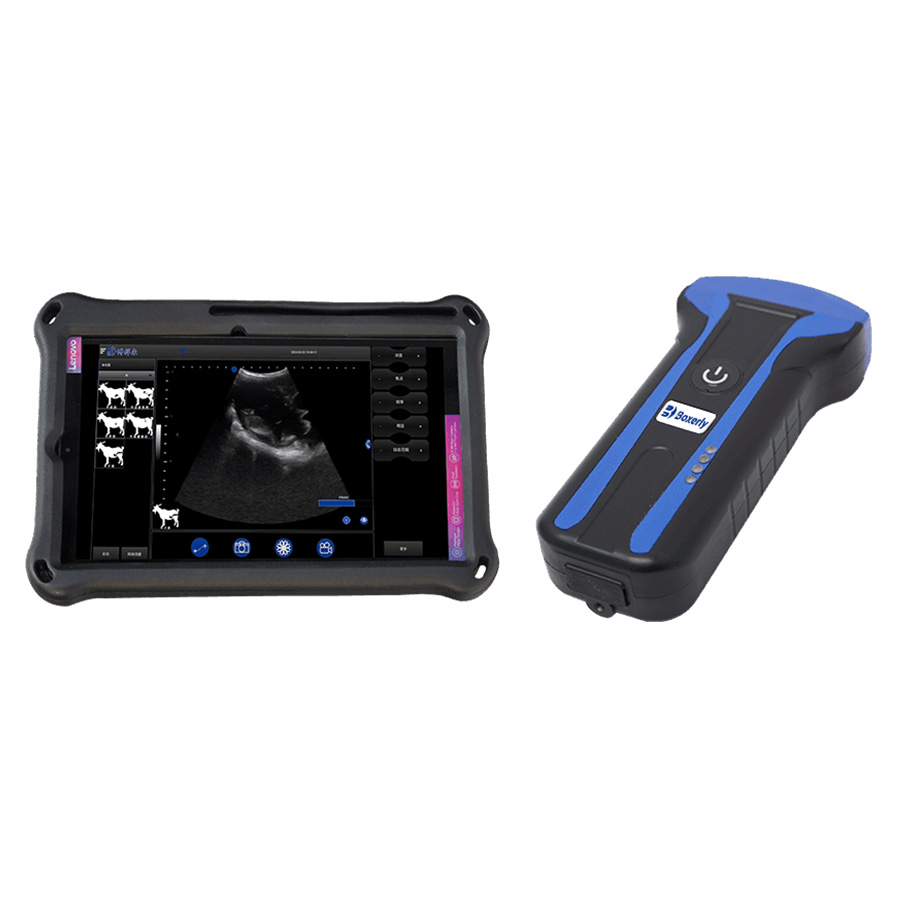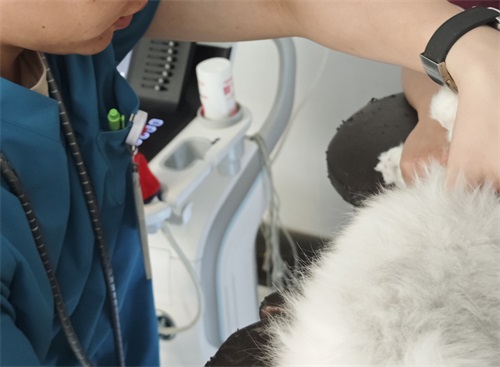B mode ultrasound, or brightness mode ultrasound, is a widely utilized imaging technique in the medical field. This article explores its uses, benefits, and the technology behind it, providing comprehensive insights for both healthcare professionals and patients.

Understanding B Mode Ultrasound
B mode ultrasound generates two-dimensional images of the body's internal structures. Unlike other imaging techniques, B mode displays the echoes of sound waves in a grayscale format, allowing for a clear visual representation of organs and tissues. The images produced are often referred to as "sonograms."
How B Mode Ultrasound Works
B mode ultrasound operates by emitting high-frequency sound waves from a transducer. These waves penetrate the body and reflect off various tissues. The returned echoes are then converted into images, with brighter areas representing denser tissues and darker areas indicating softer tissues.
Key Uses of B Mode Ultrasound
B mode ultrasound has a wide range of applications in various medical specialties. Here are some of the most common uses:
1. Obstetrics and Gynecology
In obstetrics, B mode ultrasound is primarily used to monitor fetal development during pregnancy. It allows healthcare providers to assess the fetus's growth, detect potential abnormalities, and evaluate the health of the placenta. Regular ultrasounds can also help determine the estimated due date and monitor multiple pregnancies.
2. Cardiology
In cardiology, B mode ultrasound is crucial for assessing heart structures and function. It helps in visualizing the heart chambers, valves, and blood flow. This information is essential for diagnosing conditions like heart disease, valvular disorders, and congenital heart defects.
3. Abdominal Imaging
B mode ultrasound is frequently used to examine abdominal organs such as the liver, gallbladder, kidneys, and pancreas. It can help identify conditions such as gallstones, liver cirrhosis, kidney stones, and tumors. This non-invasive procedure is often preferred for its safety and effectiveness.
4. Musculoskeletal Applications
In musculoskeletal medicine, B mode ultrasound is employed to visualize muscles, tendons, and ligaments. It assists in diagnosing injuries, inflammation, and other conditions affecting the musculoskeletal system. This technique allows for dynamic imaging, enabling real-time assessment of movement and function.
5. Guided Procedures
B mode ultrasound is also instrumental in guiding various medical procedures, such as biopsies and injections. By providing real-time imaging, it helps healthcare providers accurately locate tissues and administer treatments with precision.
Benefits of B Mode Ultrasound
- Non-Invasive: B mode ultrasound is a non-invasive procedure, making it safer than many other imaging techniques.
- No Radiation: Unlike X-rays and CT scans, B mode ultrasound does not use ionizing radiation, reducing potential risks to patients.
- Real-Time Imaging: The ability to provide real-time images allows for immediate assessment and diagnosis.
- Cost-Effective: B mode ultrasound is often more affordable than other imaging modalities, making it accessible for many patients.
Conclusion
B mode ultrasound is a versatile and essential tool in modern medicine. From monitoring fetal development to diagnosing heart conditions and guiding procedures, its applications are vast and varied. Understanding what B mode ultrasound is used for can empower patients and enhance communication between healthcare providers and their patients. As technology advances, the capabilities of B mode ultrasound continue to expand, promising even greater contributions to medical diagnostics and patient care.
FAQs
1. Is B mode ultrasound safe?
Yes, B mode ultrasound is considered safe as it does not use ionizing radiation.
2. How long does a B mode ultrasound take?
The duration of a B mode ultrasound typically ranges from 15 to 30 minutes, depending on the area being examined.
3. Do I need to prepare for a B mode ultrasound?
Preparation varies by the type of ultrasound. For abdominal ultrasounds, fasting may be required. Always follow your healthcare provider’s instructions.
By understanding the significance of B mode ultrasound, patients can make informed decisions about their healthcare and the imaging processes involved.
link: https://www.bxlimage.com/ss/833.html
tags: B Mode Ultrasound








